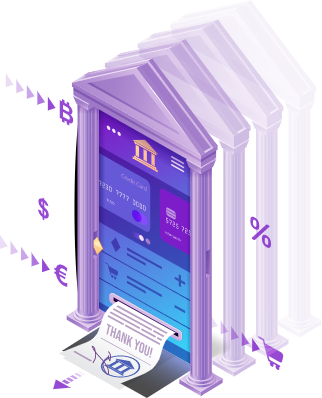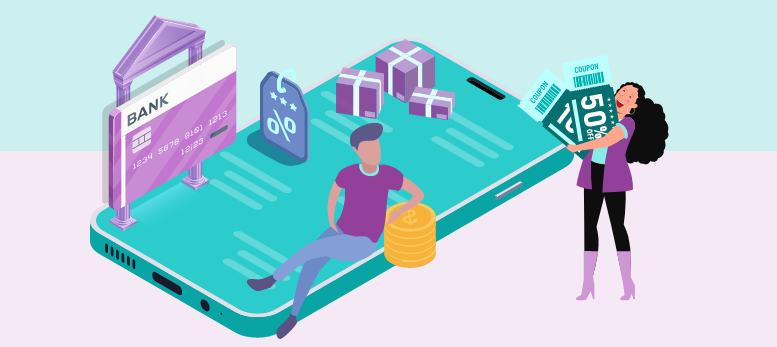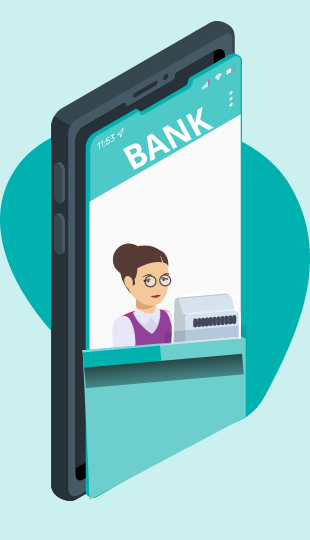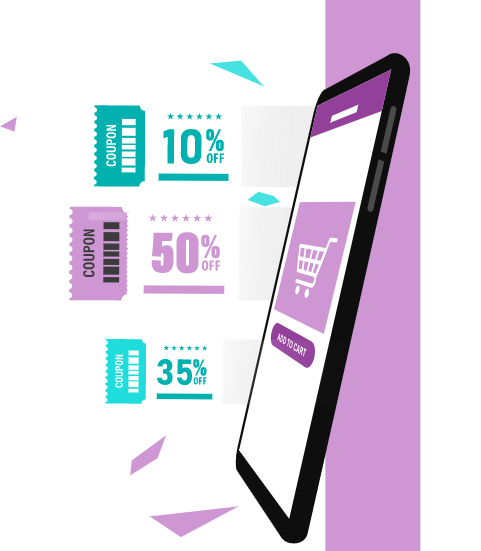Account Analysis in the US has its roots in the Great Depression. Among the many government responses to the crisis was the passage of the Glass-Steagall act. One component of Glass-Steagall was the prohibition of paying interest on corporate demand-deposit accounts (DDA).
After using their credit card consistently to make large purchases, a banking customer is given a gift voucher for a high-end car accessories store. But the voucher goes unused because they just bought a mid-range car. They do not need new accessories and the expensive ones covered by the voucher are not a good fit for their vehicle. Rewarding customers for their business is an excellent strategy that can go a long way in ensuring customer delight. But the one-size-fits-all approach to rewards and loyalty programs are irrelevant in the modern banking landscape because customers expect personalized attention.



The technology to deliver hyper personalization exists today and fintechs and tech giants are already leveraging it to ensure customized experiences for every client. Traditional banks too are upping their personalization game. Industry experts estimate that a well-designed personalization strategy can deliver USD 300 million in revenue growth for every USD 100 million worth of assets.1 But personalization must also extend to rewards and loyalty programs. After all, a reward is intended to delight the customer and a generalized irrelevant one only results in disappointment.
Rewards are a critical component of a good loyalty program. As the fight for share of wallet and loyalty intensifies, banks must ramp up their reward systems to connect and engage better with their customers. And the way to do this is through leveraging customer data better. Traditional banks are repositories of incredible volume and depth of customer data that fintechs haven’t yet been able to build up. By breaking down organizational silos and analyzing individual customers’ data in its entirety, banks can get significant insights into their buying habits, milestones, and behavior.

Advanced data analytics technologies like Artificial Intelligence can then derive usable insights from the data that can help banks formulate more targeted and personalized rewards. For example, if the bank had analyzed the customer’s bank interactions across all verticals, they would have known that they had taken a loan for a mid-range vehicle. They could have then changed the reward to something more relevant such as such as discounts on fuel, or insurance benefits. A meaningful and relevant reward would undoubtedly result in greater customer satisfaction and loyalty and repeated business. And as newer technologies like wearables and smart devices continue to find greater adoption in the general population, there is further scope for data driven personalization strategies.

Special Events: Banks can keep track of customers’ special events like birthdays and anniversaries to offer discounts and rewards.

Location Based Offers: By using geospatial data banks can offer real time offers when users check in to a specific location. Push notifications for deals and discounts at the customer’s location at a given point in time are more effective than calendar-based offers.
Special Events: Banks can keep track of customers’ special events like birthdays and anniversaries to offer discounts and rewards.
Personalized offers integrating related products: Customers today want convenience and personalized relevance more than anything else. And banks are trying to move to being ecosystem players. What better way to marry the two objectives by offering personalized integrated products? For example, a customer availing mortgage for car/home should be offered insurance coverage options, and student loans should be integrated with discounts at bookstores or online learning portals.
Nationality based offers: Using customer’s personal data, banks can provide discounts/offers in restaurants and grocery stores based on their nationality. For example, an Indian customer in the USA could be given vouchers for the nearest Indian grocery store or restaurant.
Usage pattern–based offers to win back spends: Studying customer spending patterns will help banks identify the areas where the bank’s card is currently not used. If expenses against fuel are not against the bank’s own card, offers should be made to promote the usage of bank’s card for this. This helps to win back card spend on additional categories.
Spending Category: Banks must analyze customer spending patterns and provide rewards aligned to their specific areas of interest. For example, give them offers for a grocery store they frequent. Data must be analyzed to further make the offer’s time relevant for customers. For example, if the customer usually shops at a particular grocery store on weekends, then an offer than can be availed of during the weekend will be more appreciated.
Personalized reward systems also have significant revenue implications for banks that go beyond just customer loyalty. Today, banks are working towards becoming orchestrators of an ecosystem with different banking and non-banking partners. Hyper personalized rewards can drive business for the ecosystem partners and in turn lead to a new source of income for the bank. An ecosystem approach puts the customer at the heart of all strategy and operations. It is designed to meet their every requirement and offer them a holistic range of products and services. And it is the perfect platform for a hyper personalized reward system. By not restricting the ecosystem to just financial products and services, banks can open up a plethora of new business opportunities via a hyper personalized reward strategy.
For the banking sector, personalization is no longer optional. It is a crucial business strategy that can drive customer stickiness and greater revenues. The important thing now is to extend customization strategies to their reward systems and loyalty programs as well. The ultimate goal of any reward system is to offer customers a little extra and demonstrate the institution’s appreciation for their business. What better way to do this than with a customized strategy that shows them the effort taken to truly understand them and their every need.
Usage pattern–based offers to win back spends: Studying customer spending patterns will help banks identify the areas where the bank’s card is currently not used. If expenses against fuel are not against the bank’s own card, offers should be made to promote the usage of bank’s card for this. This helps to win back card spend on additional categories.